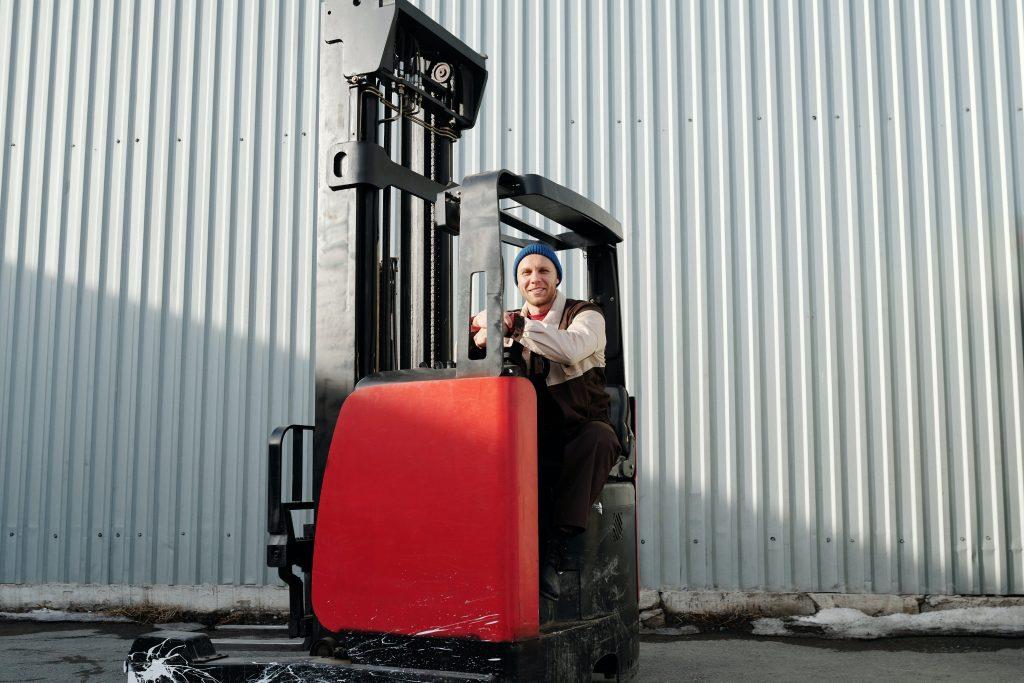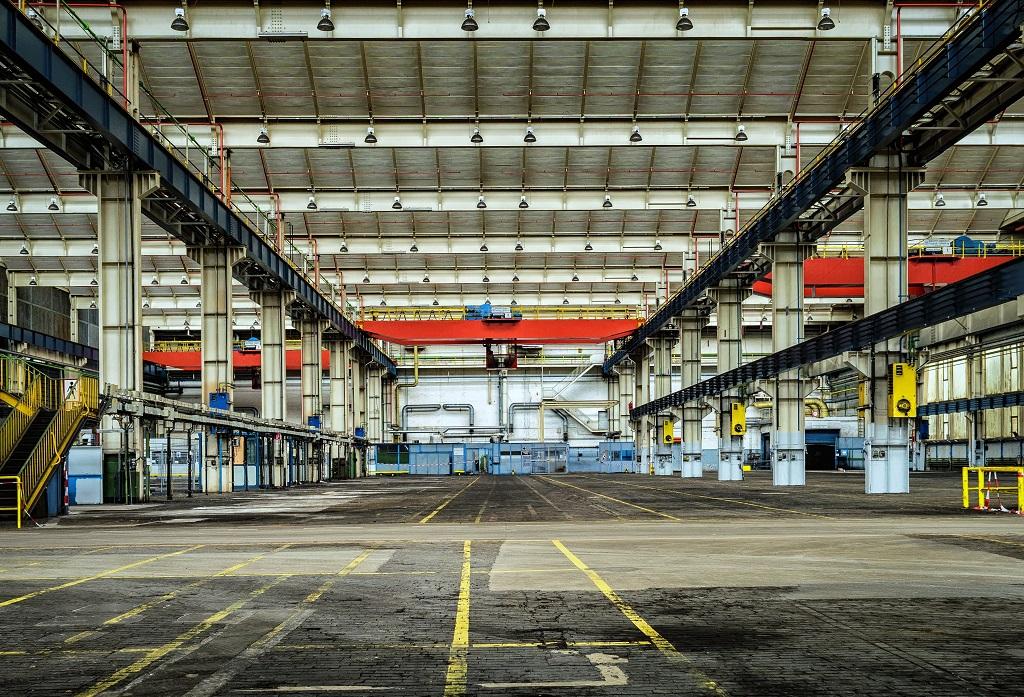- Singaporean warehouses can reduce their carbon footprint by adopting energy-efficient practices and investing in green equipment.
- Using sustainable building materials and focusing on longevity and durability can minimize environmental impact.
- Implementing a recycling program and educating employees about sustainability can promote a culture of environmental responsibility.
- Shifting to renewable energy sources and engaging in environmental education further reduces carbon emissions and encourages sustainability.
- Involving customers in sustainability efforts enables warehouses to contribute to a more sustainable supply chain.
As climate change continues to have a significant impact on the environment, companies are being urged to reduce their carbon footprint. In Singapore, where large warehouses and distribution centers are common, there is a growing need to address the environmental impact of these buildings. This blog post will explore ways to reduce the carbon footprint of Singaporean warehouses.

Adopt Energy-Efficient Practices
Energy-efficient practices can help Singaporean warehouses save money and reduce their carbon footprint. Installing energy-efficient lighting fixtures, using motion sensors to control lighting, and upgrading to high-efficiency HVAC systems are some ways warehouses can reduce their energy usage. By using energy-efficient practices, warehouses can lower their energy bills and reduce greenhouse gas emissions.
Invest in Green Equipment
Another way for Singaporean warehouses to reduce their carbon footprint is by investing in green equipment. The facility should work with a company selling a durable electric forklift in Singapore. These equipment emit less emissions compared to traditional diesel or gasoline-powered forklifts. Warehouses can also invest in rooftop solar panels to generate renewable energy, reducing their reliance on fossil fuels.
Utilize Sustainable Building Materials
To reduce the carbon footprint of a warehouse, it is crucial to use sustainable building materials. These materials are made from renewable resources, such as bamboo, and have a lower carbon footprint than traditional building materials. Sustainable materials do not emit harmful gases into the environment, nor do they contribute to deforestation. By using sustainable building materials, Singaporean warehouses can minimize their environmental impact while still maintaining the structural integrity of their buildings.
Longevity and Durability
In addition to sourcing materials responsibly, a warehouse can also focus on the longevity and durability of its materials. For example, choosing steel over wood for structural elements offers a longer lifespan and greater recyclability. Using insulating materials such as mineral wool or cellulose can significantly improve a building’s energy efficiency, reducing the need for heating and cooling systems.
Green Roof
Another innovative approach is the use of green roofs, which not only provide excellent insulation but also absorb rainwater and provide habitats for wildlife. Implementing these practices in warehouse design and construction is a step toward a more sustainable and environmentally friendly industry.
Implement a Recycling Program
Another effective way to reduce the carbon footprint of a warehouse is by implementing a recycling program. Recycling reduces waste and conserves natural resources, which means less energy is required to extract and produce new materials. By recycling materials such as paper, plastic, and metal, warehouses can significantly reduce their carbon footprint while promoting sustainability. Additionally, implementing a recycling program can also save warehouses money by reducing waste disposal costs.
Educate Employees
Besides implementing a recycling program, educating warehouse employees on sustainability practices can also make a significant impact. By encouraging employees to reduce waste and recycle materials, warehouses can create a culture of environmental responsibility. This could include providing training on proper waste management, promoting the use of reusable containers and bags, and encouraging employees to carpool or use public transportation. By involving employees in sustainability efforts, warehouses can further reduce their carbon footprint and promote a positive impact on the environment.
Switch to Renewable Energy Sources
Switching to renewable energy sources such as solar power can help Singaporean warehouses reduce their carbon footprint. Solar panels generate clean energy which does not emit any greenhouse gases. Warehouses can install solar panels on roofs and use the generated energy to power their operations.
Dependence on Fossil Fuels
Using renewable energy sources can also reduce Singapore’s dependence on fossil fuels. Additionally, warehouses can consider purchasing renewable energy certificates to offset their carbon emissions. By utilizing renewable energy sources, warehouses can significantly reduce their carbon footprint and contribute to a more sustainable future.

Engage in Environmental Education
Lastly, Singaporean warehouses can reduce their carbon footprint by educating employees and customers about environmental sustainability. By promoting conservation and sustainability in the workplace, warehouse employees can learn about reducing their environmental impact.
Educate Customers
Additionally, by educating customers about sustainability, warehouses can encourage customers to reduce their carbon footprint. For example, warehouses can work with their customers to find ways to reduce packaging waste or promote the use of eco-friendly products. By involving customers in sustainability efforts, warehouses can decrease their carbon footprint and contribute to a more sustainable supply chain.
In conclusion, reducing the carbon footprint of Singaporean warehouses is essential for the country’s sustainability efforts. By using sustainable building materials, adopting energy-efficient practices, implementing a recycling program, switching to renewable energy sources, and engaging in environmental education, warehouses can significantly reduce their environmental impact. By reducing their carbon footprint, Singaporean warehouses can promote sustainability and help protect the environment for future generations.






